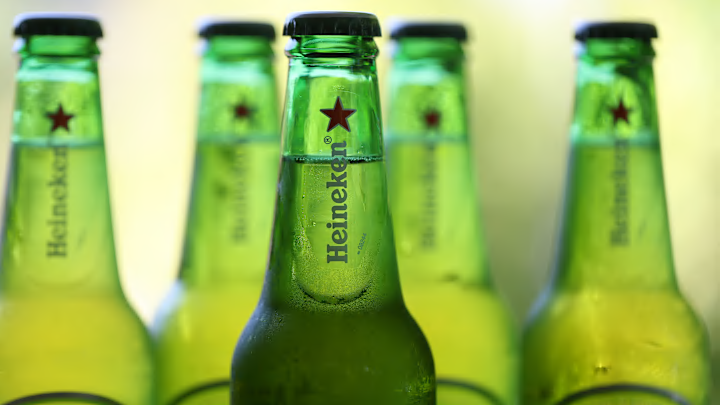Ever popped a beer and wondered if it was secretly waging war with sunlight? Have you ever wondered why beer bottles come in different colors? It’s not just for show—each hue holds the key to preserving the beer’s flavor and freshness. From the robust defense of the brown bottle to the risky allure of the green, the color of your beer’s container does more than catch the eye; it battles against the sun’s rays, which are bent on spoiling your sip. So grab your favorite brew, and let’s uncover why the color of your beer bottle is a bigger deal than you might think!
In the realm of brews, not all bottles are created equal. Brown bottles champion the cause, shielding their precious cargo from the sun’s skulking skirmishes, while green bottles walk a thinner line, balancing tradition with taste. And clear bottles? They might just be the wildcards of the pack, offering a perfect view but little protection. Each color tells a story—a story of science, history, and a dash of marketing magic. Let’s dive into this vibrant world and see what secrets these colors are hiding!
How beer bottle colors impact your beer’s flavor
Amber Aces
Brown or amber bottles are like the beer world’s knights in shining armor. They’re pros at blocking harmful UV rays, ensuring your drink doesn’t turn into a skunky disaster. That’s because these bottles are champs at protecting the sensitive compounds in beer from sunlight, which can trigger chemical reactions leading to that notorious “skunked” aroma—yep, just like the cute but stinky animal! This makes amber bottles a reliable choice for preserving the purity of your brew’s taste.
Green Goblins
On the flip side, green bottles might look stylish and have a certain old-world charm, thanks to their historical roots in Europe during glass shortages in WWII. They were once a symbol of higher quality or luxury beers. However, they don’t fend off UV rays quite as heroically as their amber counterparts. This makes beers housed in green more susceptible to being “lightstruck.” This is when the beer gets that funky taste that's referred to as "skunked." Despite this, some brands stick with green for tradition’s sake and because, believe it or not, some beer drinkers have a nostalgic affection for that “skunked” taste.
Clear Contenders
Then there’s clear glass, the rebel without a cause. While it showcases the beer’s color beautifully, it also offers zero protection against UV light. That makes these bottles the least favorable... that is if you’re aiming to keep your beer from tasting like it’s been through a few fields.
But can't I just can it?
Cans, though less traditional, provide a fortress against UV rays, completely blocking out the harmful light and preserving the beer’s flavor integrity. Plus, they chill quickly, making them a great pick for impromptu gatherings. The modern craft beer scene has embraced cans, debunking myths of metallic tastes with improved linings that keep the beer and aluminum separate. It's important to note that cans aren't devoid of "skunking." They can get funky, however their funk derives from thermal changes rather than light disposition.
So, next time you grab a beer, take a moment to appreciate the bottle—or can—it comes in. Whether it’s the protective prowess of amber, the risky business of green, or the clear view from a clear bottle, each has its own story to tell about how it keeps your brew just right—or not!
Cheers to understanding the colorful world of beer bottles, where every hue has a hint about what’s brewing inside!
